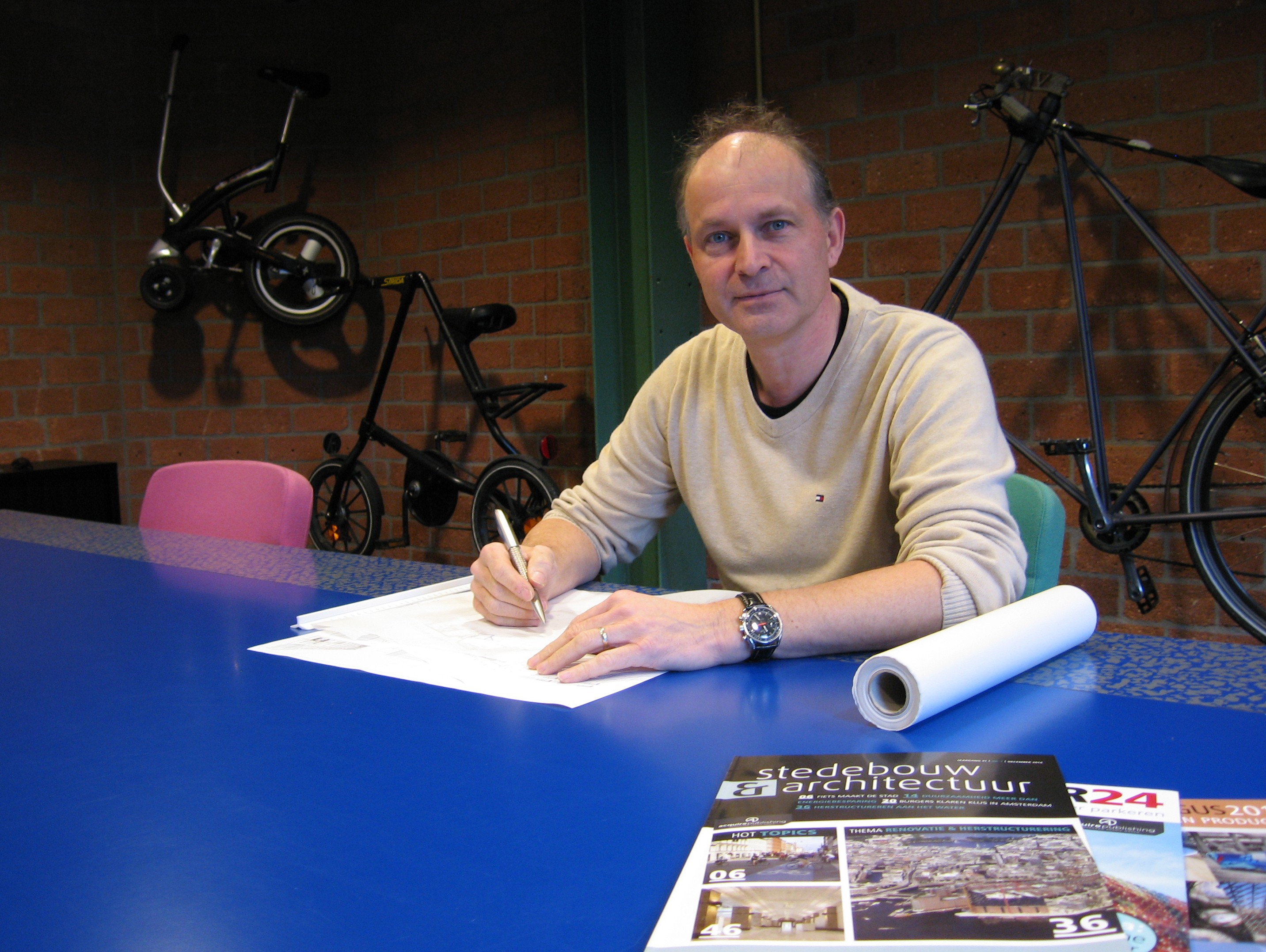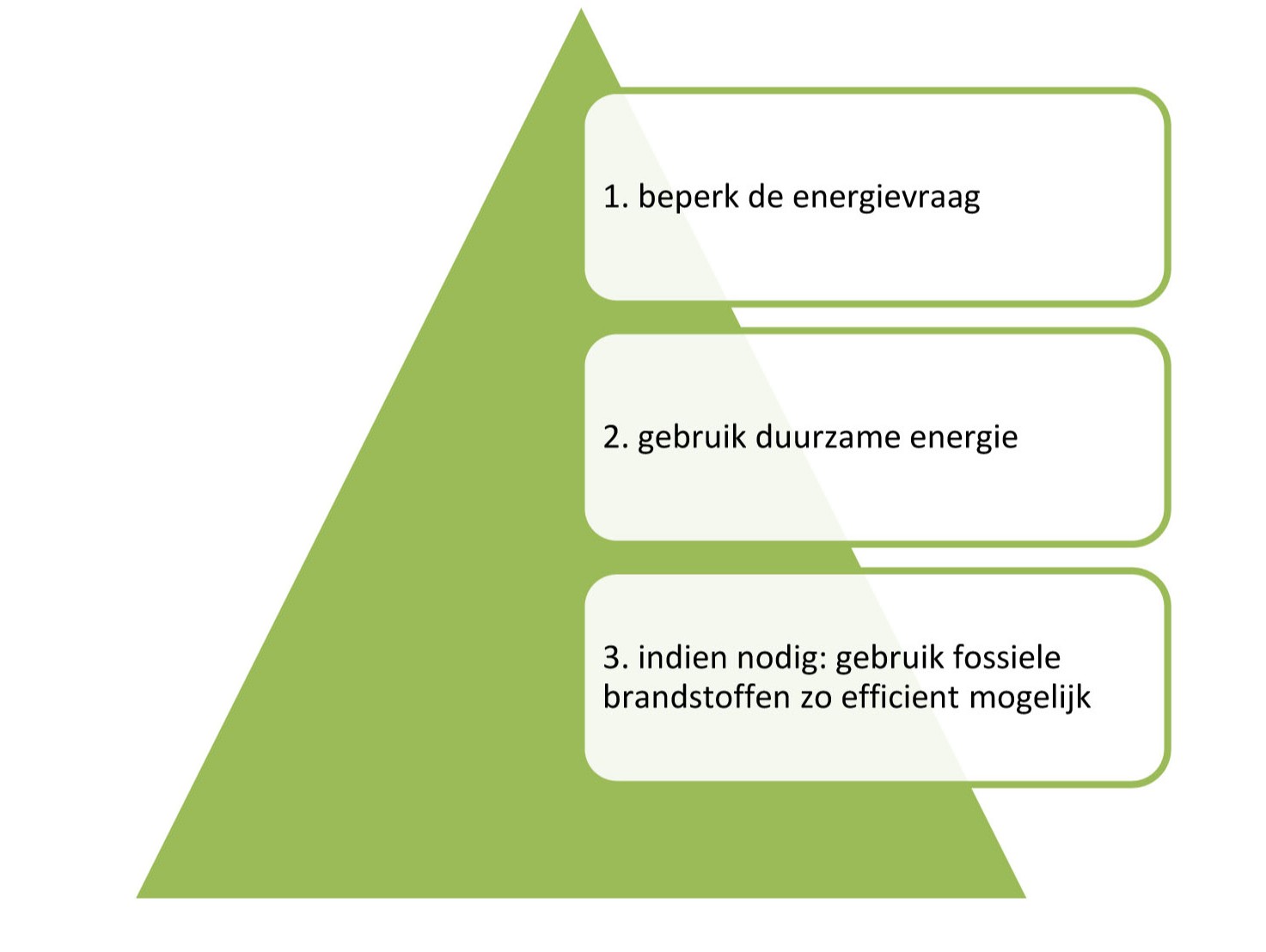
A translation error several decades ago resulted in the Dutch word ‘duurzaamheid’ becoming the accepted equivalent for the word ‘sustainability’ – and there has been confusion in The Netherlands about how to give true meaning to the concept of sustainability ever since.
The Dutch word duurzaamheid was first introduced as the translation of ‘sustainability’ in the Brundtland report (1987). At that time, The Netherlands was making preparations for sustainable construction. But the word duurzaam is actually much closer to the English word ‘durable’, which means that something has endurance, remains useful for a long time or is hard-wearing and able to withstand pressure or damage. Duurzaam does indeed mean that. However, sustainability is not strictly a matter of whether something can last a long time. For example, products that not have been produced sustainably can still last for a hundred years or more. Therefore, it might have been better to translate ‘sustainability’ as volhoudbaar; a material is volhoudbaar when it is produced from renewable natural resources, with minimum energy consumption and, after performing its function, it can easily be reused or recycled. This applies to both the product itself and the production process. This might seem like just an anecdote, but it illustrates the crux of the matter effectively.
In view of today’s falling energy prices for oil and electricity, you could be forgiven for almost forgetting that fossil fuels are finite resources. As a result of the drop in the oil price it is no longer viable for countries where oil is difficult to extract to continue operations or to invest in new facilities. That is not an issue in the OPEC countries where oil is virtually ‘on tap’. Once the competition has been ‘smoked out’ in a couple of years’ time, the prices will shoot up again – because one thing’s for sure: the number of consumers is rising all the time and the supply is finite. For smart entrepreneurs who invest the money they are saving now into sustainable energy, the benefits will be twofold.
But sustainability is about more than just materials and the environment. It also relates to the safety and well-being of people in the workplace. The built environment, the machines and the processes must not present any risk to employees, and the indoor situation (air/light/space) must not have any negative effects on their health.
'There is plenty of potential for future gains within technical installations and by making smart decisions, including in construction’
Because the term ‘sustainability’ has been – and continues to be – not only widely used but also abused, it has become necessary to make sustainability measurable in the construction industry. The Dutch government decided to introduce an existing method from the UK, called BREEAM. Under the name BREEAMnl, the Dutch government is offering fiscal provisions (NB: it is not merely a subsidy fund which will eventually run out!) to encourage entrepreneurs to make sustainable choices. From the initiation phase up to and including completion of a building project (and beyond), scores are awarded to choices in 9 different categories. Depending on the total score, the project receives between 1 star and a maximum of 5 stars. The tax benefits increase in line with the number of stars from a minimum of 3 stars upwards. The system has been up and running for several years and the number of companies participating continues to increase each year. The financial stimulus is not the only advantage; owners are also assured of a more sustainable building. For leased buildings, that translates into higher rent values, and from a commercial perspective tenants are usually keen to inform their customers that they are based in BREAAM-certified premises. The result: a building with added value. In turn, such buildings are popular with banks so they tend to be more willing to provide financing and often also to offer more favourable terms.

In the food industry, where the focus is on change and optimisation, the choices may appear limited. Walls, floors and ceilings are already stipulated by hygiene requirements. The work environment and indoor situation are dictated by the processes and the ever-changing demands of the certification bodies (as BRC-7 illustrates, for example). And yet this sector offers opportunities too: there is plenty of potential for future gains within technical installations and by making smart decisions, including in construction. Building for the food industry is all in a day’s work for the company Bessels architekten en ingenieurs, plus its advice is sustainable. (For more information, please contact architect Gert de Vries directly: +31 (0)6-46144523)
Sustainable
The aim of sustainability is to set up a process in such a way that it can continue for centuries. That is the only way to ensure it lasts. TU Delft developed the Trias Energetica strategy: 1) reduce the demand for energy, 2) use sustainable sources of energy, 3) use fossil fuels as efficiently as possible.
Source: Bessels